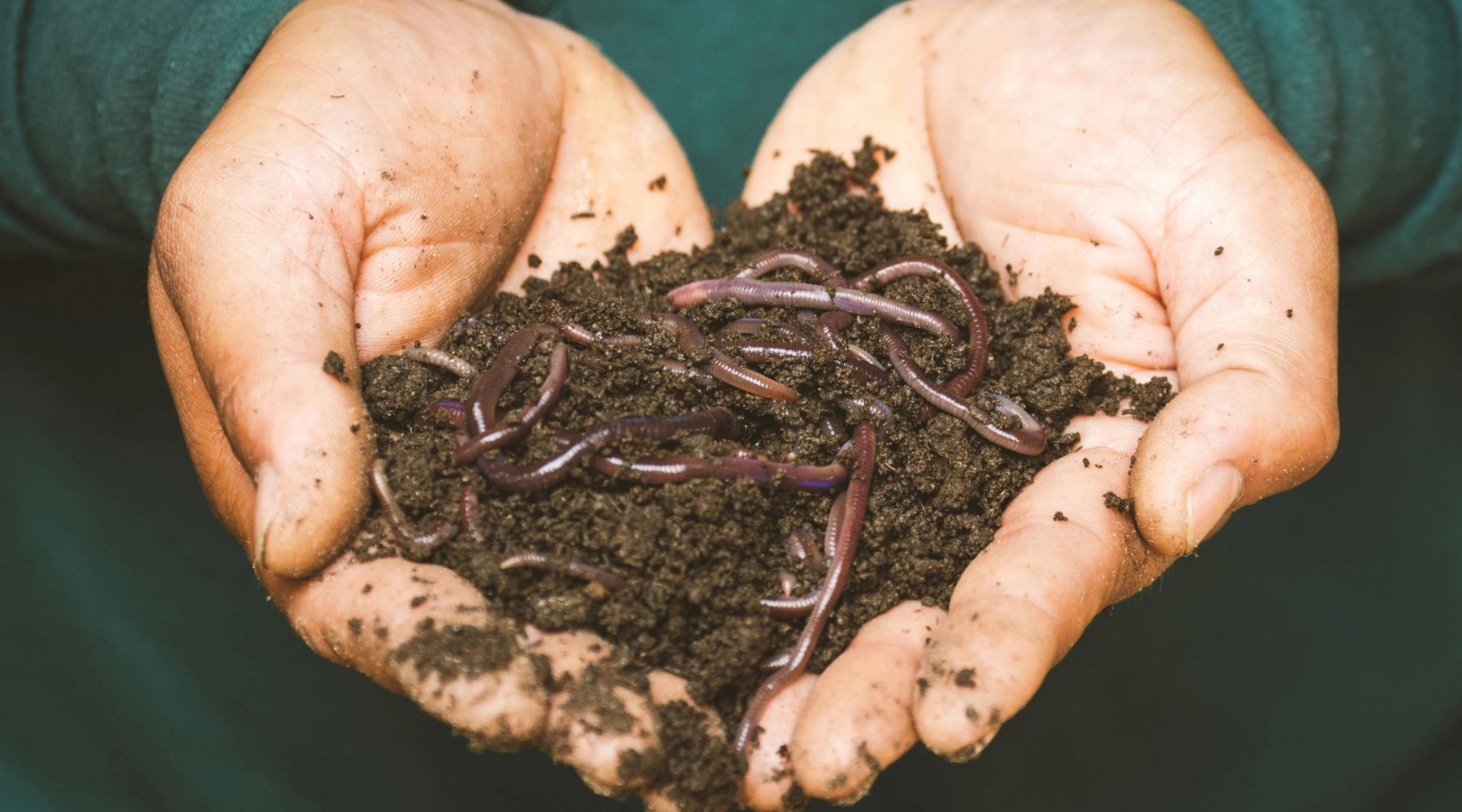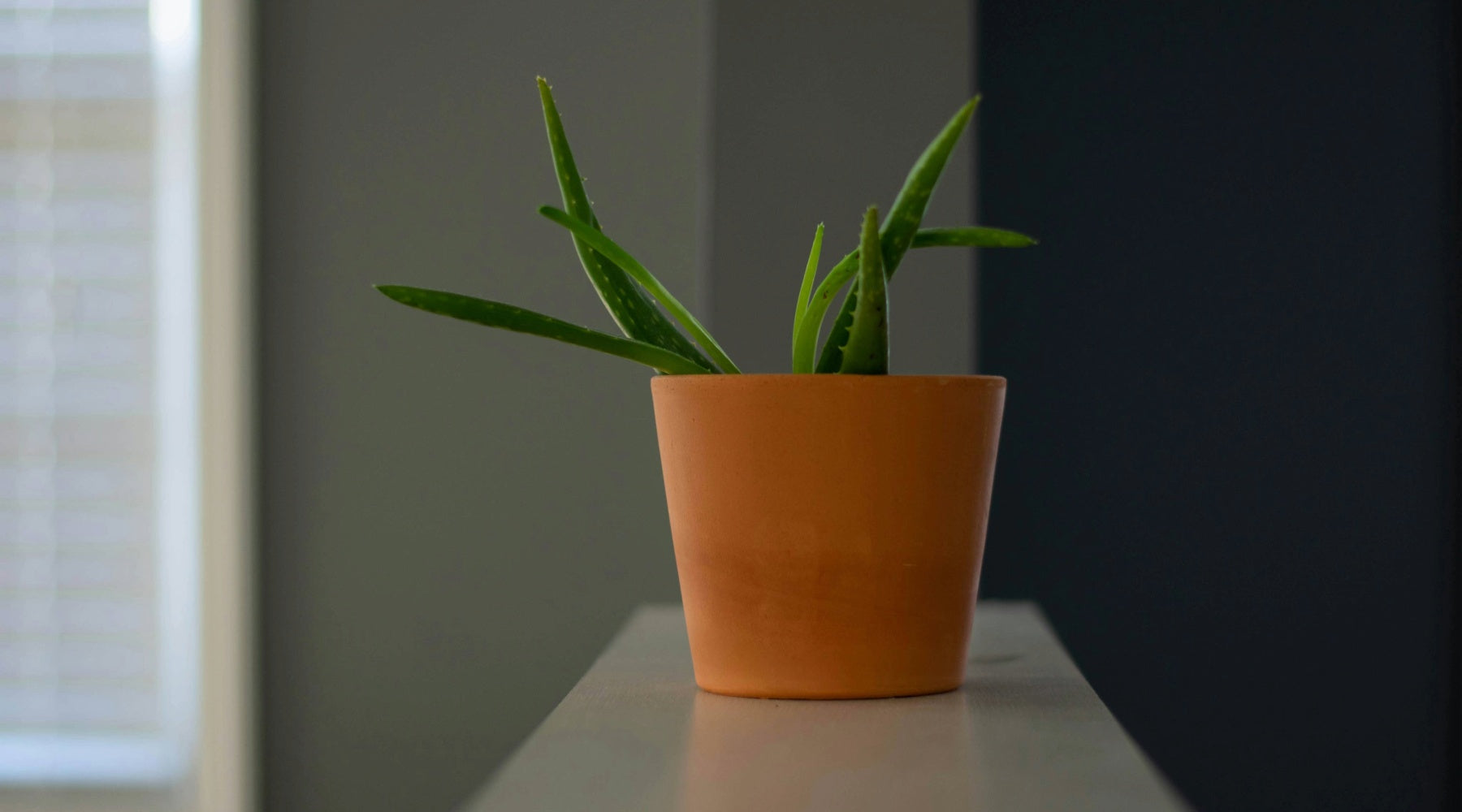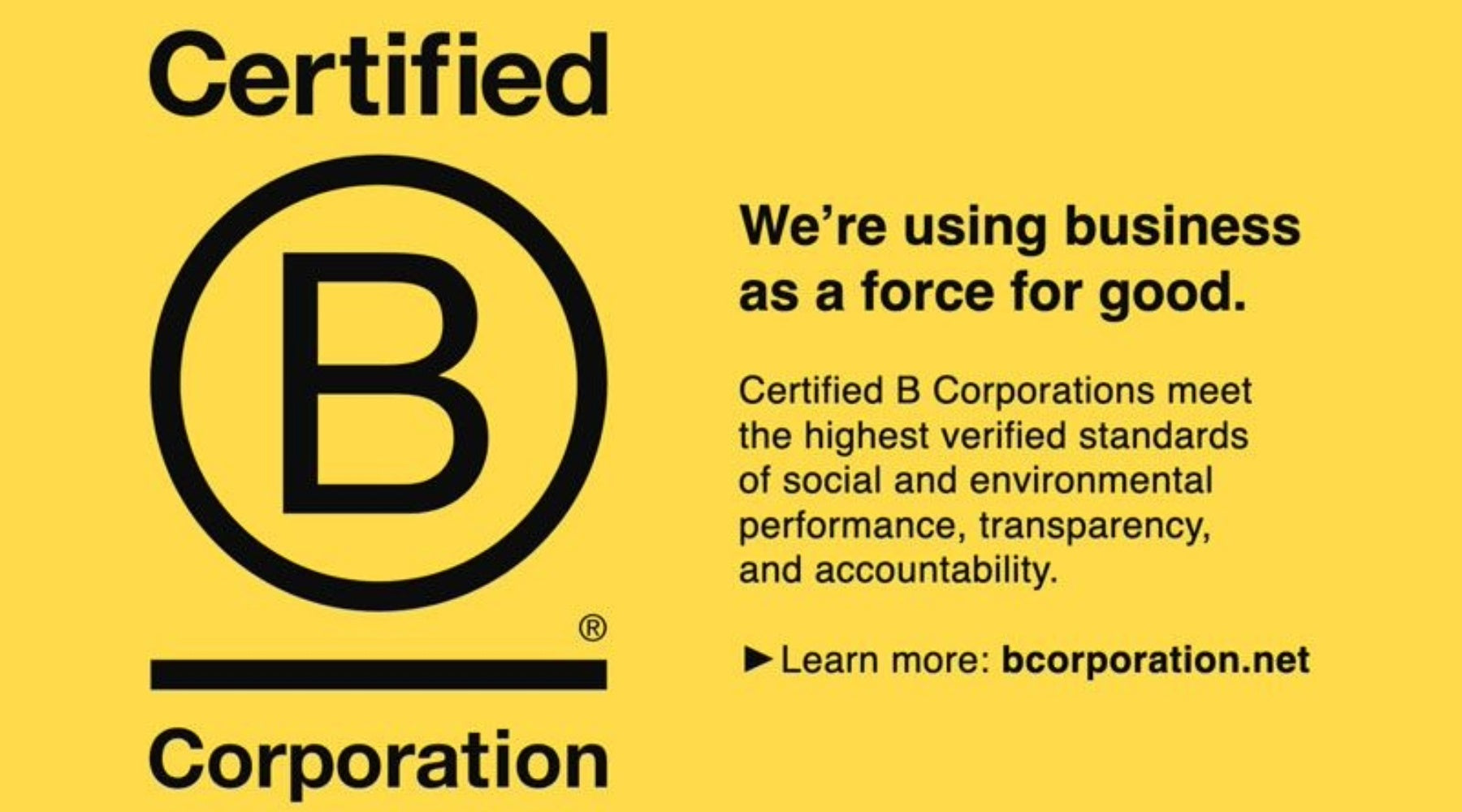How to Begin Backyard Composting
Composting at home is an easy practice you can try to not only minimize your environmental footprint but also contribute to the health of your local ecosystem. Let's look deeper into the benefits of backyard composting and the steps you can follow to start composting and start reducing waste!
The Fundamentals of Composting
Essentially, composting is a natural process where organic materials decompose and transform into nutrient-rich soil. This process occurs through the activity of microorganisms that break down materials like food scraps, yard waste, and other organic matter.
By providing the right conditions - such as air, moisture, carbon, and nitrogen - composting creates a valuable resource for enriching the soil and promoting plant growth.
The Advantages of Home Composting
Practicing backyard composting offers a multitude of benefits. Firstly, it enables you to divert organic waste from landfills, thereby reducing the production of harmful greenhouse gases and minimizing your environmental impact.
Secondly, composting at home creates a valuable soil foundation that enhances soil structure, fertility, and moisture retention. This nutrient-rich compost promotes healthier plant growth, reduces the need for chemical fertilizers, aids in conserving water, and helps suppress plant diseases. This is also cost-effective for you as you no longer need to purchase fertilizers and pesticides.
Thirdly, by composting organic materials, you’re supporting the conservation of natural resources, the preservation of biodiversity, and the reduction of greenhouse gas emissions, ultimately helping to combat climate change.
Getting Started with Backyard Composting
What to Compost
Now that you understand the importance and benefits of home composting, let's discuss how to begin this new way of sustainable living. First, gather the necessary materials, including both "greens" (nitrogen-rich) and "browns" (carbon-rich) materials. Below is a breakdown of suitable "green" and "brown" materials, along with what to avoid adding to your compost pile.
Suitable "Green" (Nitrogen-Rich) Materials for Compost
- Fruit and Vegetable Scraps: Kitchen waste such as fruit peels, vegetable trimmings, and coffee grounds provide essential nitrogen for composting.
- Grass Clippings: Freshly cut grass is an excellent source of nitrogen and adds moisture to the compost pile.
- Coffee Grounds and Paper Filters: Used coffee grounds are rich in nitrogen and can be composted along with the paper filters.
- Paper Tea Bags (No Staples): Tea bags made of paper without metal staples can be composted to contribute nitrogen to the pile.
- Crushed Eggshells: Eggshells are a valuable source of calcium and can be crushed and added for a nutrient boost.
Suitable "Brown" (Carbon-Rich) Materials for Compost
- Dry Leaves: Fallen leaves are rich in carbon and provide the necessary balance to the pile of compost.
- Plant Stalks and Twigs: Woody materials such as plant stalks and small branches add carbon and structure to your compost.
- Shredded Paper Without Color or Glossiness: Unwanted paper, such as newspaper or office paper, shredded into small pieces, and serves as an excellent carbon source.
- Shredded Cardboard Without Tape, Glue, or Wax Coatings: Cardboard boxes torn into small pieces can be composted to introduce carbon into the pile.
- Non-Treated Wood Chips: Small wood chips or sawdust from untreated wood contribute carbon and help aerate the compost pile.
What Not to Compost
When it comes to composting, not all materials are suitable for the pile. Knowing what not to compost is essential for maintaining a healthy and efficient composting process.
- Bones or Scraps: These from meat, fish, and poultry tend to create unpleasant odors and attract pests.
- Dairy Products: These produce foul odors and draw pests to the compost.
- Pet waste: Those like feces or litter can harbor harmful bacteria or parasites.
- Leaves or Twigs: from black walnut trees release toxins harmful to plants.
- Walnuts: Walnuts contain compounds toxic to plant growth.
- Large Wood Pieces: Large pieces can take a considerable amount of time to decompose.
- Fat, Cooking Oil, and Grease: Those contribute to foul odors and attract pests.
- Pesticide-Treated Lawn Trimmings: can disrupt the composting process by killing essential microorganisms.
- Coal ash or charcoal: These may contain harmful compounds detrimental to plant health.
- Coffee Pods: often containing non-biodegradable plastic, do not break down naturally.
- Baked goods: can attract pests and promote the growth of harmful bacteria.
- Diseased or Insect-Infested Plants: may spread illness, so it's best to keep them out of the compost.
Building Your Compost Pile
Choose a Suitable Location
The first step is to designate a suitable area in your yard for your compost pile or bin. Pick a flat area that is easily accessible, receives adequate sunlight, and has good drainage.
Layer "Green" and "Brown" Materials
Begin with a layer of "browns" to provide a base, then alternate layers of "greens" and "browns" like lasagna to achieve the right balance of carbon and nitrogen. Chop any larger materials into smaller pieces to expedite decomposition.
Add Water
Moisten each layer as you build the pile to ensure adequate moisture levels for decomposition. Keep the compost pile moist like a wrung-out sponge to facilitate decomposition but not too much that it becomes waterlogged.
Incorporate Air
Turn the pile regularly with a pitchfork or compost aerator to aerate the materials and speed up the decomposition process.
Monitor Temperature
Check the temperature levels of the compost pile regularly to ensure optimal conditions for decomposition. A properly maintained compost pile will generate heat as organic materials decompose. Aim for temperatures between 130°F and 160°F for efficient composting.
Troubleshoot Any Issues Promptly
To ensure your compost pile stays healthy and productive, it’s essential to monitor its moisture, odor, temperature, and decomposition rates regularly. Aim for a damp, earthy smell and the aforementioned temperature range. If you notice any issues like excessive wetness, dryness, or foul odors, don't panic.
Here's how to troubleshoot:
- If your pile is too dry, add water gradually while turning the materials. Conversely, if it's too wet, incorporate more browns like dry leaves or shredded paper to absorb excess moisture.
- A well-balanced compost pile should emit a mild smell like natural soil. If it becomes foul-smelling, it may indicate anaerobic conditions caused by insufficient aeration. Simply flip the pile more frequently and add more browns to improve the flow of air passing through.
Harvest Finished Compost
Knowing when your compost is ready for harvest is key. Look for signs like a dark, crumbly texture and the absence of recognizable food scraps. To harvest, simply scoop out the finished compost from the bottom or sides of the pile. Store it in a covered bin or spread it directly onto your garden beds or landscaping.
Using compost in gardening and landscaping provides numerous benefits. It enriches the soil, promotes plant growth, retains moisture, and suppresses weeds. Whether you're planting flowers, vegetables, or shrubs, incorporating compost into your soil improves its fertility and overall health.
Have a Go at Backyard Composting Today
Composting is a fantastic sustainable solution for managing your organic household waste while enriching your soil and reducing environmental impact. By composting at home, you contribute to soil health, waste reduction, and overall sustainability.
Begin composting today with this Everday Essentialist guide to a more sustainable lifestyle, and reap the rewards of healthier gardens, reduced landfill waste, and a greener community!
Looking for a Recipe? Search here!

Hey there! So… who even am I, and why should you trust me? I’m Tamara—just a girl trying to live her happiest, healthiest life.
After years of traveling the world as a digital nomad (with everything I owned in two suitcases), I discovered that a sustainable lifestyle gave me so much freedom and joy. I eat better food, I own fewer but better things, and this mindset helped me stay sane—especially after becoming a parent. I love my life and my daughter deeply, and that’s a big part of why I live low waste too: to respect the generations to come and do my part for a better tomorrow.
This little corner of the internet is a reflection of that journey—where I share what’s truly worked for me and what I genuinely use and love in my own life. So glad you're here!




Leave a comment
This site is protected by hCaptcha and the hCaptcha Privacy Policy and Terms of Service apply.